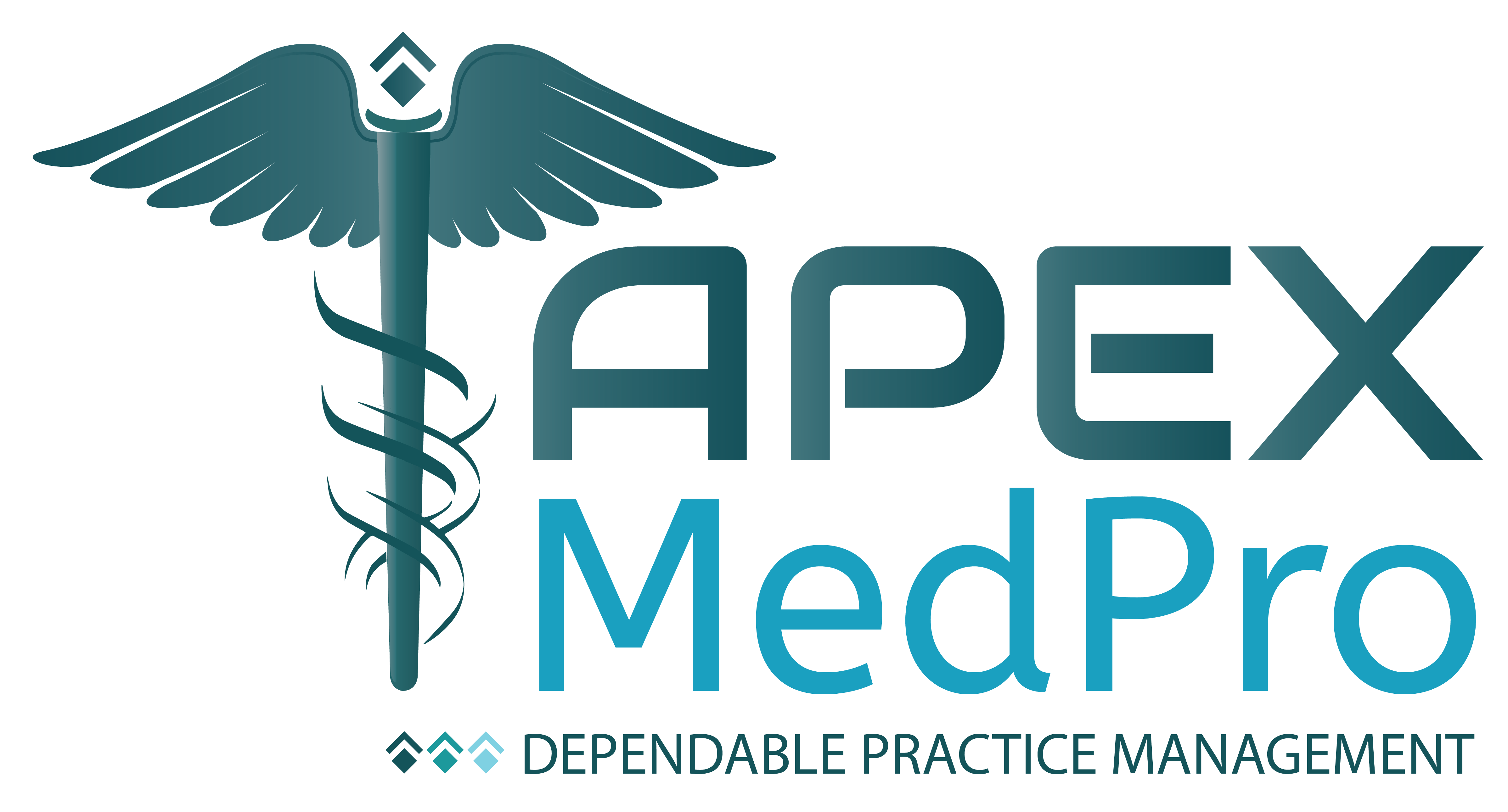Introduction:
In today’s complex healthcare landscape, medical billing has become increasingly intricate, requiring efficient strategies to ensure optimal revenue generation. Revenue cycle analytics has emerged as a powerful tool for healthcare providers to streamline their billing processes, identify potential areas of improvement, and maximize financial outcomes. By leveraging data-driven insights, revenue cycle analytics enables healthcare organizations to enhance operational efficiency, reduce costs, and improve overall revenue cycle management.
This blog explores the critical role of revenue cycle analytics in optimizing medical billing and its impact on the financial health of healthcare providers.
Understanding the Revenue Cycle:
Before diving into the significance of revenue cycle analytics, it is crucial to grasp the concept of the revenue cycle itself. The revenue cycle in healthcare encompasses the entire process from patient registration and appointment scheduling to claim submission, reimbursement, and revenue collection. It involves multiple stakeholders, including patients, healthcare providers, insurers, and billing and coding specialists. Any inefficiencies or errors throughout this cycle can significantly impact revenue generation and cash flow.
The Power of Data and Analytics:
Revenue cycle analytics utilizes advanced data analytics tools and techniques to analyze and interpret vast amounts of data generated during the revenue cycle. By harnessing the power of data, healthcare organizations can gain valuable insights into the performance of their billing processes, identify bottlenecks, and make data-driven decisions to optimize revenue generation.
Key Benefits of Revenue Cycle Analytics:
- Enhanced Revenue Capture: Revenue cycle analytics enables healthcare providers to identify missed revenue opportunities and potential underpayments. By analyzing claim denials, reimbursement trends, and coding patterns, organizations can optimize billing processes to capture maximum revenue for the services provided.
- Improved Operational Efficiency: Analytics-driven insights help healthcare organizations streamline their revenue cycle operations. By identifying inefficiencies, such as excessive claim rejections, denial patterns, or coding errors, providers can implement targeted improvements, reducing administrative burdens and optimizing resource allocation.
- Better Compliance and Reduced Errors: Compliance with complex medical billing regulations is essential to avoid penalties and revenue loss. Revenue cycle analytics allows healthcare providers to monitor and ensure compliance throughout the billing process, minimizing errors and discrepancies. Analyzing coding patterns and claim data helps identify potential compliance risks, allowing organizations to proactively address them.
- Real-time Visibility and Performance Tracking: With revenue cycle analytics, healthcare providers can gain real-time visibility into their financial performance. Key performance indicators (KPIs) such as days in accounts receivable (AR), denial rates, and clean claims percentages can be monitored and tracked, facilitating proactive intervention to address issues promptly.
- Data-Driven Decision Making: Revenue cycle analytics empowers healthcare leaders to make informed decisions based on accurate and timely data. By analyzing revenue trends, payer contracts, and reimbursement rates, organizations can negotiate better contracts, identify service lines with higher profitability, and strategically plan for future growth.
- Implementing Revenue Cycle Analytic: To leverage the benefits of revenue cycle analytics effectively, healthcare organizations need to establish a robust analytics infrastructure. This includes investing in secure data storage, implementing analytics tools and technologies, and ensuring data integrity and privacy. Collaborating with experienced healthcare analytics partners or employing skilled data analysts can further enhance the success of the analytics implementation.
Conclusion:
In an era where healthcare reimbursement models are becoming increasingly complex, revenue cycle analytics emerges as a crucial component of effective medical billing optimization. By harnessing the power of data and analytics, healthcare organizations can gain valuable insights into their revenue cycle processes, identify areas for improvement, and proactively address challenges. With enhanced revenue capture, improved operational efficiency, and data-driven decision-making, revenue cycle analytics plays a pivotal role in optimizing medical billing and ensuring the financial sustainability of healthcare providers. By embracing this powerful tool, organizations can navigate the evolving healthcare landscape and secure their long-term success.

